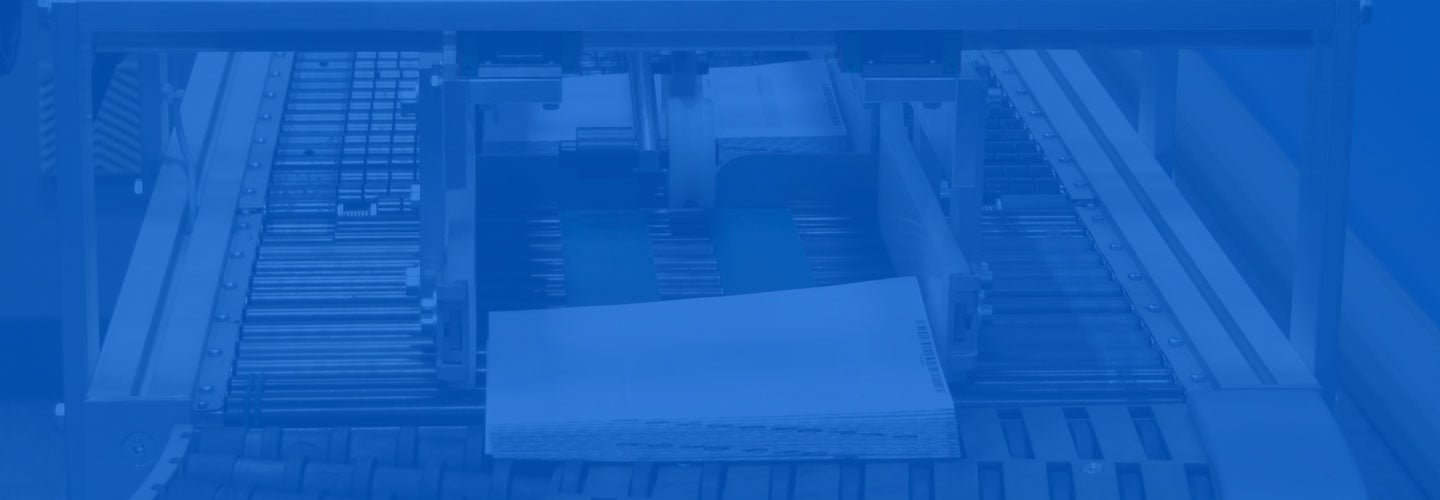Ironsides went to market with an agnostic piece level tracking solution that could work on any piece of equipment, no matter the vendor to ensure consistent piece level tracking and a centralized repository for transactional audit history. One method of doing this is by installing cameras or leveraging existing camera technology at the customer site.
Candidly speaking, the power behind what we do and what we have always done is inside of the Nor’Star APT (Automated Production Tracking) software. Cameras are simply a means of collecting and providing data to the Nor’Star engine which serves as an air traffic controller and decision maker of piece level disposition (identifying whether a piece is good/bad and what to do with it). Ironsides certainly has strategic relationships with our camera manufacturing partners, but we are in fact NOT A CAMERA COMPANY.
I want to share with you some examples of applications and workflows we have supported, in as simple terms as I can to paint a picture of some of the creative things we have done with our customers.
High Speed Inkjet w/Web Inspection – Roll/Roll Mail: We have installations where customers have purchased high speed continuous inkjet with web inspection systems either in-line or nearline. These web insertion systems are extremely powerful (we don’t provide them); and have the ability to do many print quality measurements, registration check and every ready serialized barcode on a sheet. After the job is printed it will be delivered on a roll to insertion. The challenge some customers have in this area is (2) fold:
- Their end client is requiring true piece level tracking through the end-to-end process (print/mail)
- The print provider does not want to hard stop and splice/rewind rolls for intermittent issues, inkjet presses lose money drastically when they stop
If an intermittent print issue occurs (like a quality issue) occurs and that piece is delivered on the roll to insertion; but the barcode (that the inserter will use for collating) is a readable barcode – that inserter has zero idea that there is a print quality issue with that piece. That means a piece with a quality issue may make its way to the marketplace.
What Ironsides has done is create synergy between the print and insertion process. The web inspection system tells the Nor’Star APT system that piece X is marked as “bad” and we retain that into our system. That piece status carries its way to insertion, and as soon as the input camera reads that barcode, the Nor’Star APT system knows it is a bad piece and it should be diverted; and handles that appropriately. At the end of the job Ironsides also has the disposition and audit trail of each piece for reprint generation.
The moral of the story here is we make the customer able to keep the presses rolling in a very efficient manner without stops/splices.
Educational Book Print and Custom Shrink-wrapping:
We have some customers that produce books/booklets to handle educational tests like SAT(s), ACT, etc. Their workflow consists of something like this:
- Run books offset (or inkjet)
- Serialize the book with a unique barcode (or print barcode if inkjet)
- Depending on the test, the state and the requirement put “X” number of books into a stack with camera validation
- Shrink-wrap and label the stack appropriately (with what books are within)
- Put the correct Shrink-wrap bundle into the correct box, in the correct order
- Put the box onto the pallet in the correct order
While this is complex, it is a reality. Not only that; but you need to provide the appropriate audit reports documenting that you have done everything correctly. You need to provide the complete per each piece and per each step detailed audit.
Ironsides was able to leverage our core technology to validate that every book was put into a bundle in the correct order. We then used camera technology to validate as the books came out of the shrink oven in the correct sequence, and also read another barcode on the book to trigger the label printing process. As an additional measure, due to the sensitivity of the work we put another stop gap in place to read both the label (after applied) and the top book barcode to ensure a match between the label was correct and there were no disruptions. Our easy-to-use GUI was made available to the operators and when an issue was identified we automatically stopped the line. This is a good example of a customer engaging us with an understanding of how we could support them as we were already serving as their golden data repository across the entire insertion platform. I don’t think there is another vendor in the industry that could handle this as efficiently as we did by leveraging our core technology. Rather than re-invent the wheel, we adapted our flexible core technologies to quickly provide the right solution.
Productivity Tracking:
We have a lot of customers that will say “TJ – I love your visibility to work in process, reporting and all the features of APT, but I just can’t justify putting a camera on every piece of equipment.” My response to them is that you don’t have to. Piece level tracking doesn’t always have a home with direct mail, publishers, and commercial printers. So, what do we do here?
We leveraged our existing tracking methodologies to collect data from encoders and sensors, and other “counters”. While this does not provide true “piece level tracking” and reprint automation; it does consolidate your operational activity into a dashboard in real time and enables you to track job, operator, machine, shift and facility productivity. It is something we have been very successful with over the past few years.
We have the will, and the technical and solution expertise to find the best ways to help our clients solve their real-world production problems. How might we help you?
Written by TJ Forsythe

